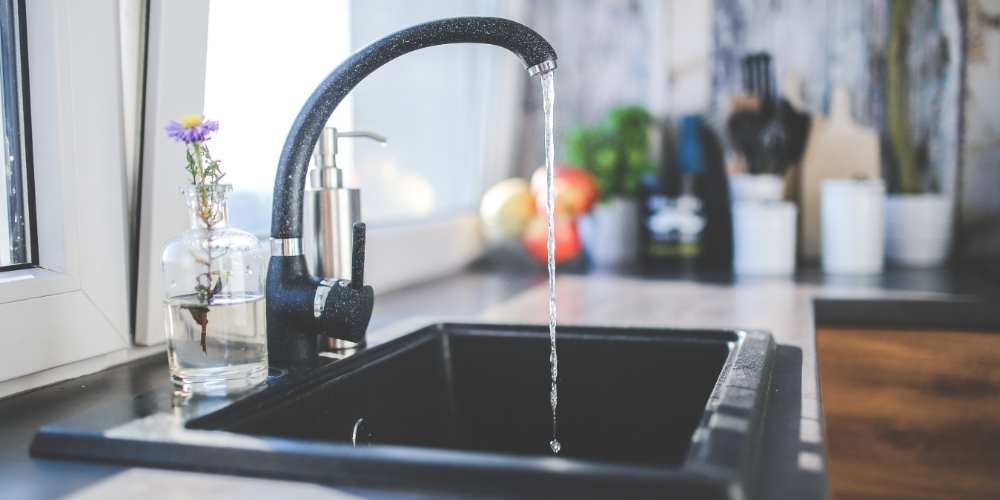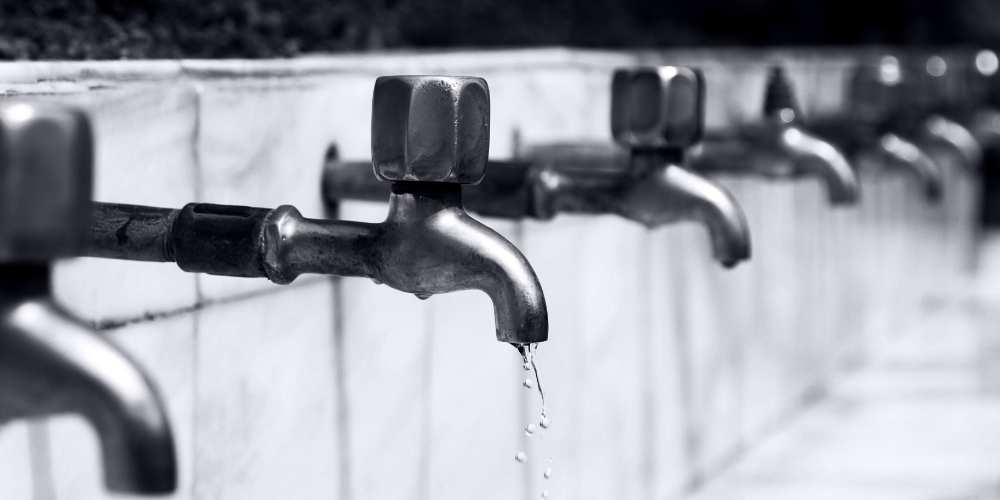Of all the working parts in a kitchen, the faucet might be the one we most often press into service.
आज,kitchen faucets fixtures come in a wider variety of designs and price points than ever.
By and large, even budget-priced cartridge-valve faucets are a big improvement over their compression-valve cousins of yore. Better manufacturing and engineering helps them stay drip-free and last longer while keeping their looks, and quick-connect fittings have made them a cinch to install. Still, not all faucets are created equal. Beneath their shiny surfaces lurk differences in materials and technology that affect cost and longevity. Plus, the sheer number of choices on the market can be overwhelming.
Anatomy of a Kitchen Faucet
No matter how fancy or simple, they all contain the same basic elements.
Aerator: Reduces the water’s flow rate and curbs splashing.
Spout: Delivers water from the body to the sink.
Handle: Opens and closes the valve.
Valve Controls: the flow rate and water temperature.
Body: Blends hot and cold water headed for the spout.
Supply line: Connect to the house’s hot and cold water pipes.
What’s the cost?
Prices depend on the faucet’s material, डिझाइन, and finish.
Install it yourself or hire a pro?
A kitchen faucet is the simplest type to install. But call a pro if working on your back inside a cabinet isn’t your cup of tea.
How long will it last?
Cartridge: 5 वर्षे
Surface treatment: 2 वर्षे
What care is needed?
Wipe down with a soft cloth, warm water, and a gentle liquid dish soap. To preserve the finish, don’t use abrasives or ammonia.
 VIGA नल उत्पादक
VIGA नल उत्पादक 

